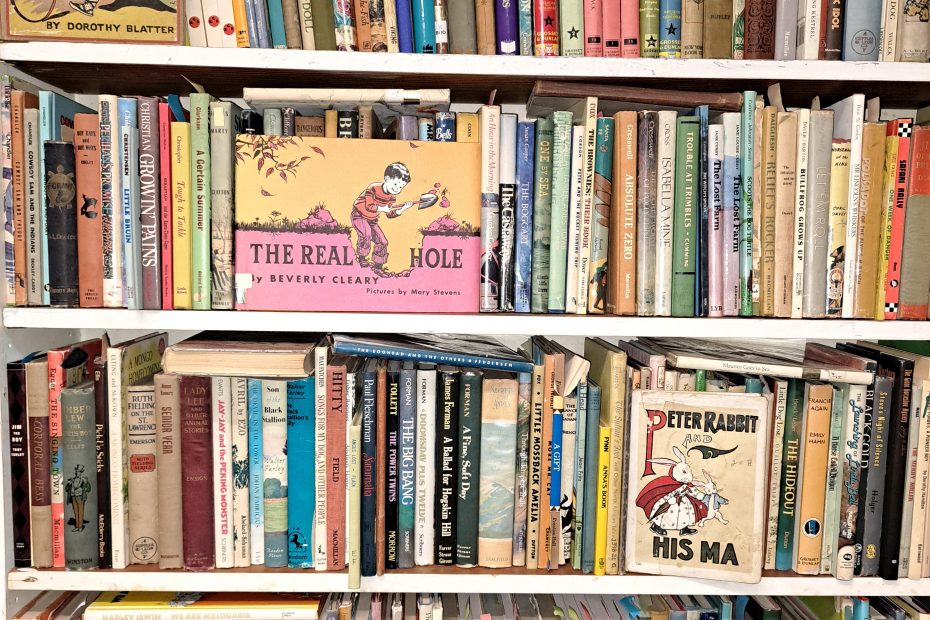Whether you’re a parent looking for the perfect bedtime story, a librarian trying to fill a gap in your collection, or an aspiring author wondering how to query a literary agent, understanding the types of children’s books is essential. With so many age categories, genres, formats, and industry buzzwords floating around, it can be overwhelming to know where to start.
This mega guide breaks it all down. From board books to YA, graphic novels to high fantasy, and hardcover to hi-lo, we’ll help you make sense of it all.
Why This Matters
Knowing how to categorize a children’s book correctly is crucial:
- For parents and educators: it helps you select developmentally appropriate material.
- For authors and illustrators: it’s the foundation for pitching your book to publishers or agents.
- For librarians and booksellers: it helps you curate the right shelf.
- For aspiring authors: it’s non-negotiable for writing a great query letter or identifying the right literary agent.
Children’s Book Age Categories
Understanding age categories helps clarify both reading level and content maturity.
Board Books (Ages 0–3)
- Durable, chew-proof cardboard books for babies and toddlers
- Focus on shapes, colors, basic vocabulary, and routines
- Example: Goodnight Moon by Margaret Wise Brown
Picture Books (Ages 3–7)
- Fully illustrated with 32–40 pages
- Designed for read-alouds with caregivers or teachers
- Themes range from simple humor to deep emotional growth
- Example: The Day You Begin by Jacqueline Woodson
Leveled Readers / Early Readers (Ages 5–8)
- Controlled vocabulary, short sentences, supportive illustrations
- Often coded as Level 1–4 or color-coded (Scholastic, I Can Read, etc.)
- Help bridge the gap from picture books to independent reading
- Example: Fly Guy series by Tedd Arnold
Chapter Books (Ages 6–9)
- Short chapters and light illustrations
- Simple plots, accessible for newer readers gaining stamina
- Example: Judy Moody by Megan McDonald
Middle Grade (MG) (Ages 8–12)
- Complex plots, stronger character development
- No graphic violence or romance; focus on friendship, adventure, identity
- Example: Wonder by R.J. Palacio, Percy Jackson by Rick Riordan
Young Adult (YA) (Ages 12–18)
- Explores mature themes like identity, love, mental health, and justice
- Longer word counts, diverse structures (verse novels, dual POV, etc.)
- Example: The Hunger Games by Suzanne Collins, The Hate U Give by Angie Thomas
Graphic Novels (Across All Age Groups)
- A format, not a genre. Tells stories through sequential art.
- Found at early reader, middle grade, and YA levels
- Examples:
- Ages 6–9: Pizza and Taco by Stephen Shaskan
- Ages 8–12: Smile by Raina Telgemeier
- YA: Heartstopper by Alice Oseman
Mega List: Genres of Children’s Books (with Definitions)
Book Formats (What They Mean)
- Hardcover (HC): Rigid cover, dust jacket, high durability. Often used in libraries and gift markets.
- Paperback: Soft cover, affordable, more flexible for school markets and bulk buys.
- Library Binding: Reinforced spine/hardcover made for school and library circulation.
- Board Book: Thick cardboard pages for toddlers.
- Graphic Novel: Uses sequential art; increasingly popular across all age ranges.
- eBook: Digital version, readable on Kindle, tablets, or computers.
- Audiobook: Narrated version, often used for read-along or accessible storytelling.
Hot Trends in KidLit Right Now
These reflect what publishers, educators, and agents are actively seeking:
- Phonics-Based Books: As science of reading methods evolve, phonics-first books are resurging in classrooms.
- Hi-Lo Books: High interest, low reading level books for struggling or reluctant readers (common in middle school).
- Neurodiverse Protagonists: More stories feature kids with ADHD, autism, anxiety, dyslexia, and more.
- SEL Books: Stories supporting social-emotional learning, kindness, empathy, and resilience.
- Bilingual & Dual Language: Increased demand for English-Spanish books and cultural representation.
- Environmental & Climate Fiction: Stories that inspire eco-consciousness in kids.
- Verse Novels & Hybrid Texts: Experimental structures that blend prose, poetry, illustration, and narrative.
Key Literary Agent Terms to Know (If You’re Querying)
Literary agents often use specific language when describing what they want. Here are some examples from agent wishlists:
- “Voicey” – The narrative voice is strong, distinct, and emotionally resonant.
- “Upper MG” – Middle grade that skews toward age 11–13, with slightly more mature themes.
- “Quiet” Book – A subtle or introspective story (not plot-heavy) with emotional depth.
- “Commercial” vs. “Literary” – Commercial = mass market appeal; Literary = layered, character-driven.
- “High-Concept” – A story with a bold, easily pitchable premise (e.g. Percy Jackson = “modern kids meet Greek mythology”).
- “High Fantasy” – A fully imagined world (not just magical elements in the real world).
- “Speculative” – Covers both fantasy and sci-fi, or any “what if” premise involving the supernatural or impossible.
- “Upmarket” – A blend of commercial and literary appeal (often used in YA or crossover books).
Lastly…Know Your Book Before You Pitch It!
If you’re writing or illustrating a children’s book, the most important first step is being able to clearly answer:
- Who is this book for (age group)?
- What genre or category does it fall into?
- What format is most appropriate?
- What are comparable titles or recent books in the same lane?
This will not only make you a stronger creator—it will make you much more appealing to agents, editors, and publishers.
Bonus: Free Downloadable Cheat Sheet
Coming soon! We’ll be offering a free printable version of this guide for quick reference. Want it? Subscribe via email to get it to your inbox!
